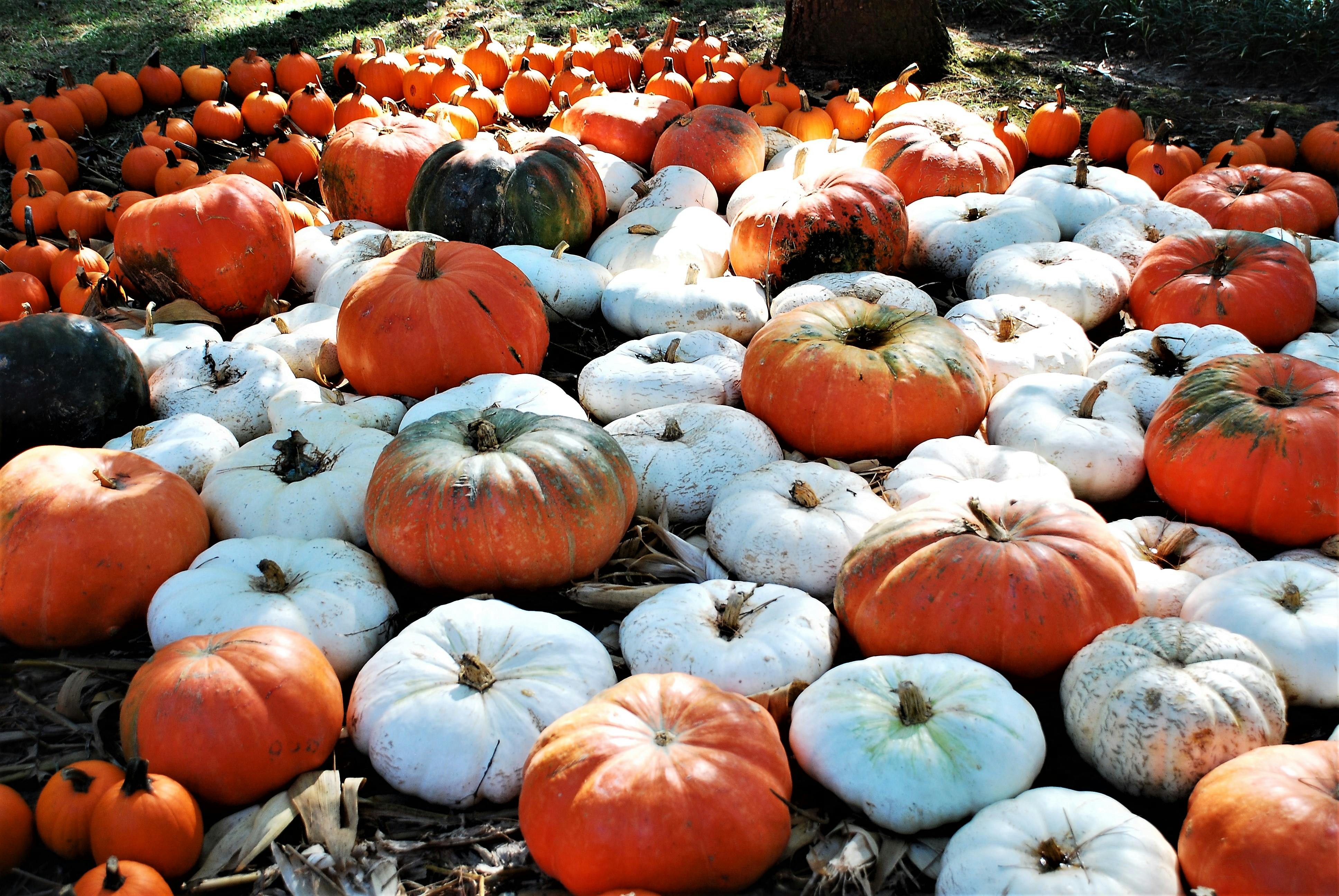Parade banners and what you need to know
I could not avoid it. She just ran away. “Well, Shelly…you’re going to have to get a shorter banner or taller kindergartners.”
A brief moment of silence was broken by his laughter letting me know that I hadn’t messed it up and that he had a sense of humor, something I really like in a client.
“Oh yeah, sure,” she said. “If the banner is four feet tall, the kids will have to hold it above their heads for the entire parade.”
Like most things in life, there are a few things to keep in mind when ordering a banner for an event. To begin with, if the banner is to be carried in a parade, you need to think about the height of the bearers in relation to the height of the banner.
How the banner will be used and for how long will dictate the substrate or material the banner is made from. If the banner is for one-time use, such as a parade, it can be made from lighter weight banner paper that is less expensive. On the other hand, if the banner will be used in multiple parades and/or hung up for viewing after use, then there are other things to consider as well.
A more durable heavyweight substrate, such as a 13 oz vinyl banner material, is recommended for multiple uses to resist creasing/rolling and “boot abuse”. If the banner will be hung in a window, ultraviolet (UV) lamination should be considered to prevent color fading.
When a banner is to be used for a parade, we typically design horizontal “pole pockets” at the top and bottom. A pole is inserted that is approximately two feet longer than the width of the banner, making it a convenient carrying handle. We recommend PVC pipe as it is lightweight and inexpensive, yet strong enough to offer the support you want.
Sometimes people ask for vertical pole pockets at each end with an opening at the bottom and the sewn pocket at the top. The problem with this is that the banner carriers must stay a specific distance apart to keep the banner tight throughout the parade. It’s harder to do than it looks and can make an otherwise enjoyable parade walk miserable. Horizontal pockets are much easier to manage.
The reason for the lower horizontal pocket is to prevent the wind from blowing the banner forwards or backwards and making it unreadable. We found that a length of PCV tubing, measuring the width of the banner, with a couple of end caps works very well. Fill the pipe with sand, cap the ends and insert it into the bottom pole pocket giving it enough weight to remain stationary even if the wind blows.
If the banner will be hanging after a parade, you will also want it to be made with grommets which will give you more hanging options. We typically place grommets every two or three feet, depending on the size of the banner. Anything over three feet tall, we usually put a grommet in the middle of each side as well.
For storage, it is preferable to roll a banner than to fold it when the substrate is vinyl or paper. In cases where you have a digitally printed image on fabric, folding is fine.
Again, make sure the banner is short enough that parade wearers can hold it at chest height without the bottom of the banner touching the ground.
A little thought about your application, use, and duration of use can produce a functional banner that looks great.
